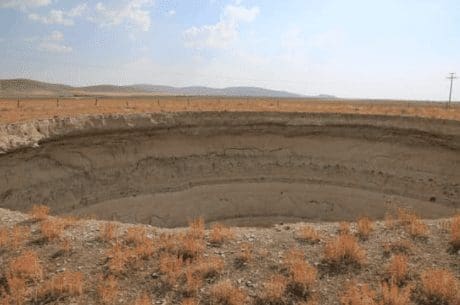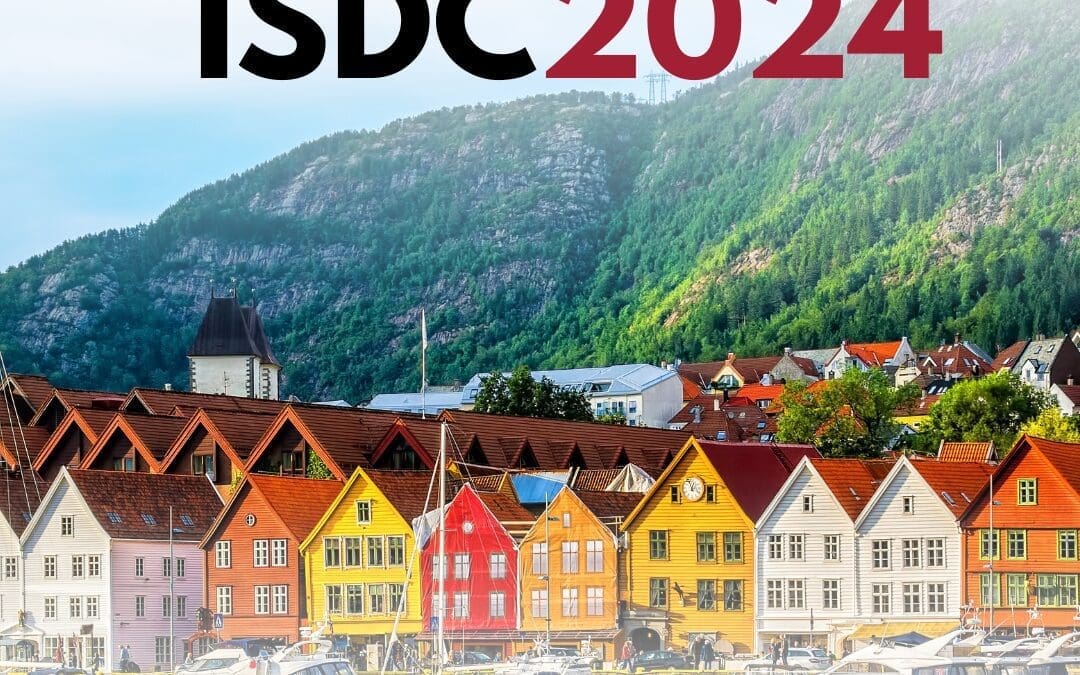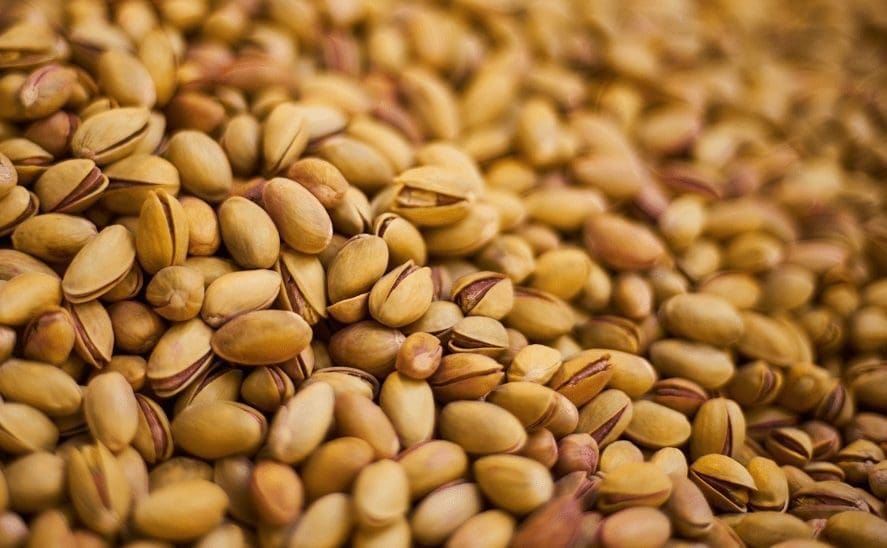The Pistachio You Eat Is Affecting Growers’ Water in Iran
Iran and the United States are the leading producers of pistachios in the world, with a joint production of 74% of the world’s total. Rafsanjan, a semi-arid region in Iran, has long been famous for its massive pistachio production, generating nearly $1 billion annually over the past decades. Due to highly subsidized energy and water prices, over 30,000 pistachio growers in Rafsanjan benefit from low production costs, cultivating over 110,000 hectares of orchards.
The high profitability of pistachio production has led to an increase in the number of farmers and overconsumption of limited groundwater resources.
More than 95 percent of water resources in the region are used for pistachio orchards irrigation. In the last 30 years, the average depth of wells went from 20 meters to over 300 meters. Today, Rafsanjan faces a severe water scarcity, the groundwater level has declined dramatically, and orchards are drying up.

Sinkhole from overextraction of water.
Confronted with a trade-off between managing groundwater resources and supporting agricultural activities, the government considers implementing several policies, some of which attempt to support pistachio growers while mitigating water shortages (e.g., water transfer, drip irrigation, and subsidies), while others focus mainly on preserving groundwater resources (e.g., income tax, water pricing, and land purchasing). While each policy can have sizable impacts on agricultural productivity, they also require daunting investments.
For instance, it is estimated that in the past few decades the Iranian government has provided nearly $1 billion in subsidies for pistachio production. In addition, a water transfer policy based on a 300 km infrastructure that could provide Rafsanjan up to 250 million cubic meters of water annually would cost around $2 billion.
A system dynamics model calibrated to over 30 years of data allows us to observe the long-term impact on groundwater resources with a business-as-usual case. Simulation results for joint policies focusing on farmer support show a short-term improvement in groundwater levels, due to higher efficiency, but a longer-term deterioration in groundwater levels, farmers further develop the orchards. That is, a better-before-worse behavior. The improved groundwater conditions in the early years make these policies very attractive to governments; however, they lead to higher water demand and groundwater deterioration than the business-as-usual (no policy intervention) scenario. In contrast, simulation results for the joint policies focusing on groundwater improvement lead to significantly improved groundwater levels, but it does so by limiting agricultural activities.
The system dynamics model developed in our study can serve different purposes. It can serve as the basis to help academics study and explore the dynamics of similar agricultural settings. It can help policymakers quantitatively explore the long-term impact of different policies. Finally, it can serve as the basis for a simplified interactive model to help practitioners increase stakeholders’ understanding of the challenges of managing such complex systems known as common-pool resources.
Akhavan and Gonçalves are coauthors of “Managing the trade‐off between groundwater resources and large‐scale agriculture: the case of pistachio production in Iran”, available on the System Dynamics Review.
Recent Posts
How Did En-ROADS Get 755,000 users? Lessons on Modeling, Interface Design, and Facilitation
This article discusses the En-ROADS climate model, detailing its robust modeling, intuitive interface design, effective facilitation, and strategic policy engagement for global impact.
Society Governance Updates
New System Dynamics Society leadership
Call for Presenters: Seminar Series
Share your insights in the System Dynamics Society Seminar Series. Submit your proposal and join a global community of experts
Upcoming Events

2024 International System Dynamics Conference
The International System Dynamics Conference is coming to Bergen! Save the date: August 4-8, 2024. We hope to see you there! #ISDC2024
Recent Business cases
System Dynamics Helps Evaluate Anticipatory Action on Cholera Outbreaks
Humanitarian agencies encourage anticipatory action in disaster response to cholera outbreaks in the Democratic Republic of Congo.
Management Design for Planted Forests in Japan Using System Dynamics
Hanno City in Saitama Prefecture used a system dynamics model to enable detailed analysis of labor requirements and changes in forest conditions.
Solving Bottlenecks in Dairy Production Facilities with System Dynamics
FriedslandCampina employed system dynamics to strategically enhance production efficiency in the midst of factory merging.



